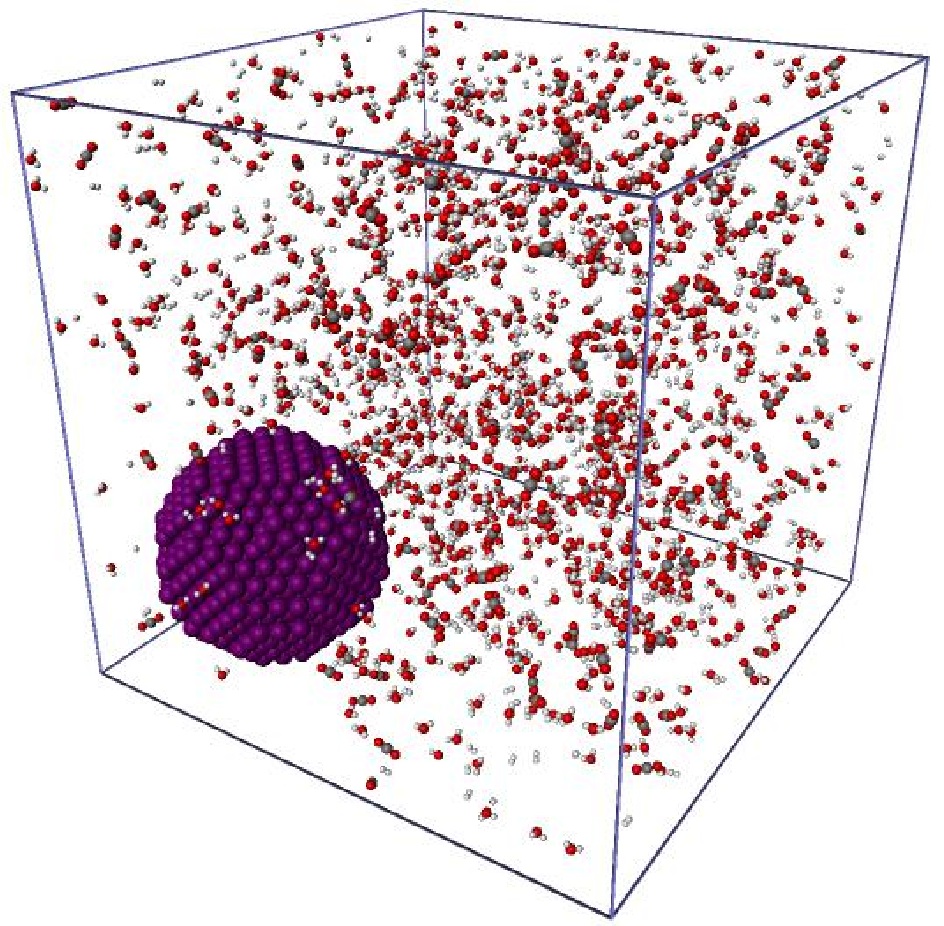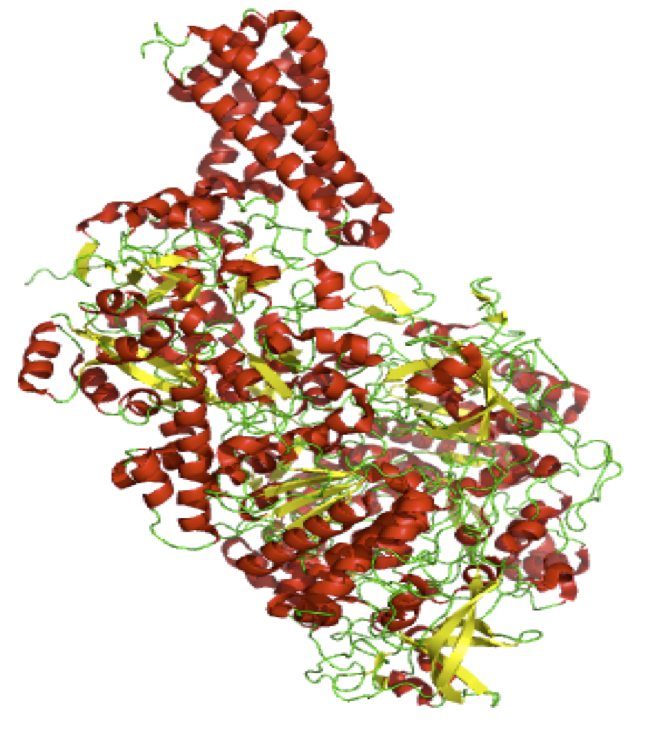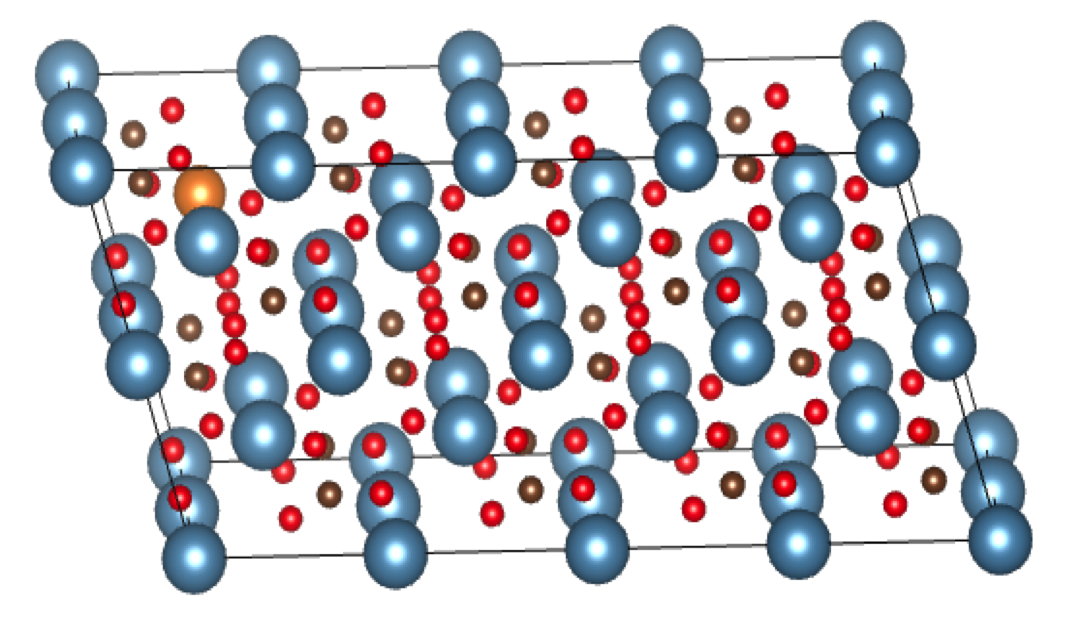Theoretical Geochemistry
Theoretical modeling is a very important approach in our research. It provides unique insights into various geochemical processes, and enables us to make quantitative predictions. Most of our theoretical calculations are performed on the WHOI High Performance Computing cluster, Scylla. A variety of software packages are available on Scylla for quantum mechanical calculations (Gaussian, GAMESS, VASP, Quantum Espresso), molecular dynamic simulations (LAMMPS, ADF-ReaxFF), and other computations (Matlab).

Fates of hydrocarbons in the deep-sea hydrothermal environments: Insights from molecular mechanical simulations
Understanding the chemistry of hydrocarbons in the deep-sea hydrothermal environments is important, not only because of their roles in the marine carbon cycle, but also because of their astrobiological implications since several theories propose that life on Earth originated in submarine hydrothermal systems. However, despite intense research, the exact origins and reaction dynamics of these hydrocarbons remain difficult to determine. This is mainly due to the complex reaction networks involved in hydrothermal environments and the difficulty to precisely control experimental conditions in the laboratory experiments.
To circumvent these difficulties, I model the hydrocarbon production and decomposition under hydrothermal conditions based on molecular mechanical methods (i.e., the ReaxFF reactive force field). Supported by WHOI Deep Ocean Exploration Institute.

Isotope Fractionations associated with Enzymatic Reactions
Kinetic isotope fractionations associated with biological metabolism play key roles in determining the isotopic compositions of many natural molecules. We estimate the isotope fractionations, including clumped isotope fractionations, associated with various enzymatic reactions based on transition state theory and quantum mechanical calculations. The systems we have been studying include, biological nitrate reduction (Guo et al. 2010), biological sulfate reduction (Leavitt et al. 2013, Eldridge et al. 2016), biological methane production, aerobic and anaerobic methane oxidation, photosynthesis, respiration.
Collaborators:
- Daniel Eldridge, University of Maryland
- James Farquhar, University of Maryland
- Wil Leavitt, Washington University in St. Louis
- Dandan Li, University of Science and Technology of China

Partition of Elements Between Aqueous Solution and Carbonate
Elemental composition of biogenic carbonates have been widely used as proxies for reconstructing the ocean paleotemperature, most notably the foraminifera Mg/Ca thermometer. However, the exact mechanism governing the incorporation of these elements in biogenic carbonate are not very understood. Through theoretical calculations, we aim to determine the partition coefficients of cations between aqueous solution and carbonate minerals and quantitatively constrain their dependences on temperature, precipitation rate, solution chemistry and other environmental parameters.
Collaborators:
- Wenzhong Wang, University of Science and Technology of China
